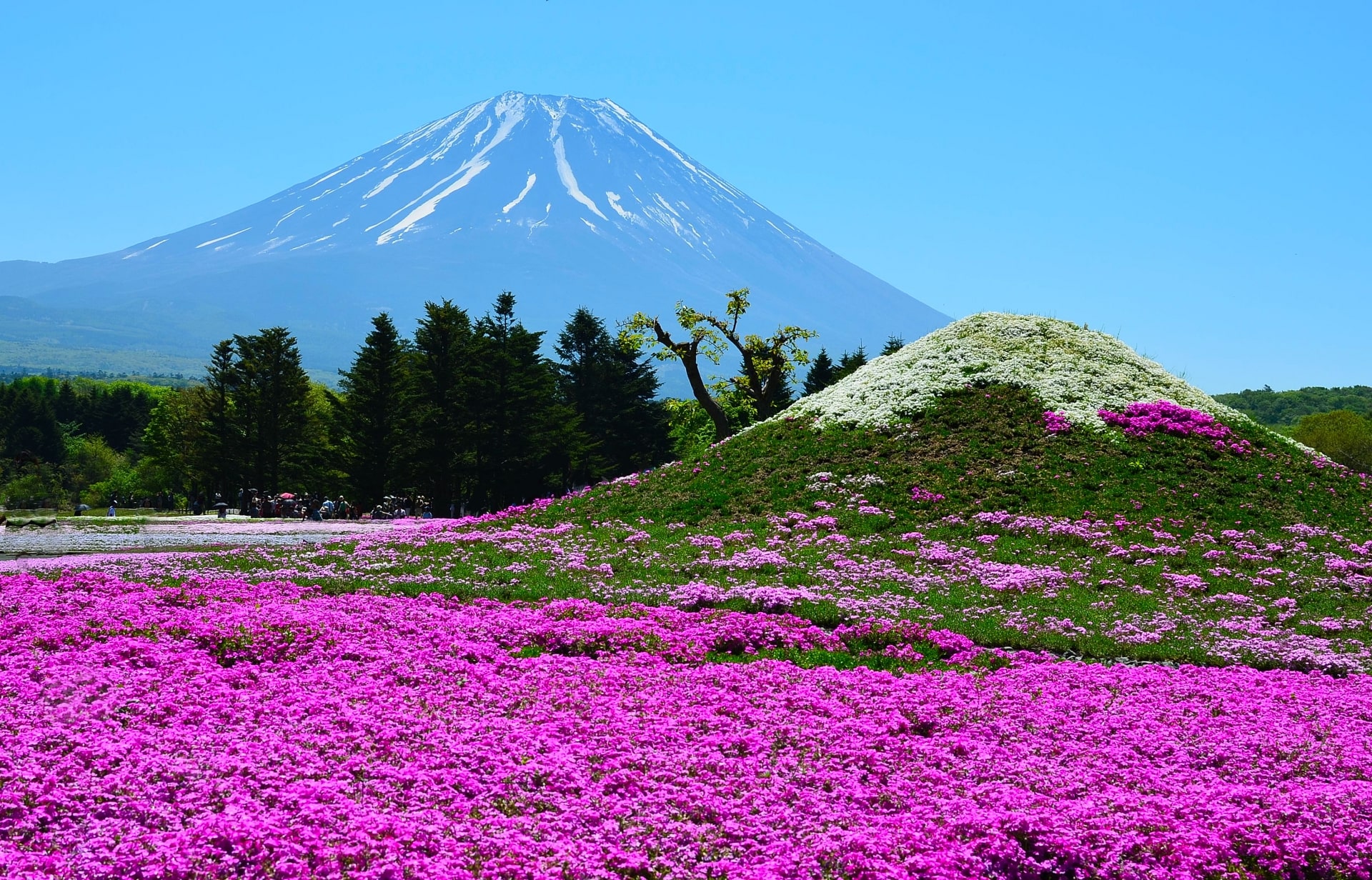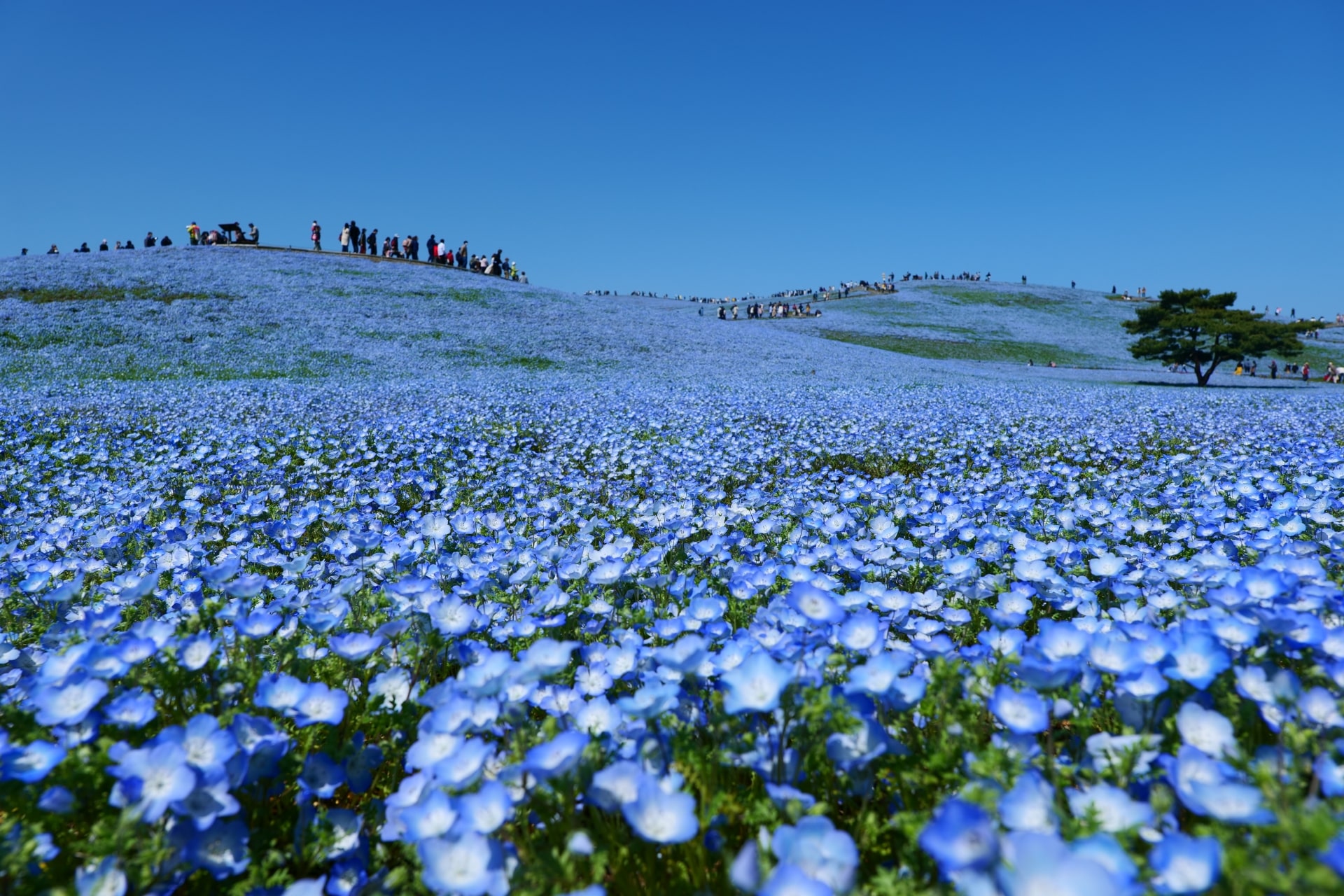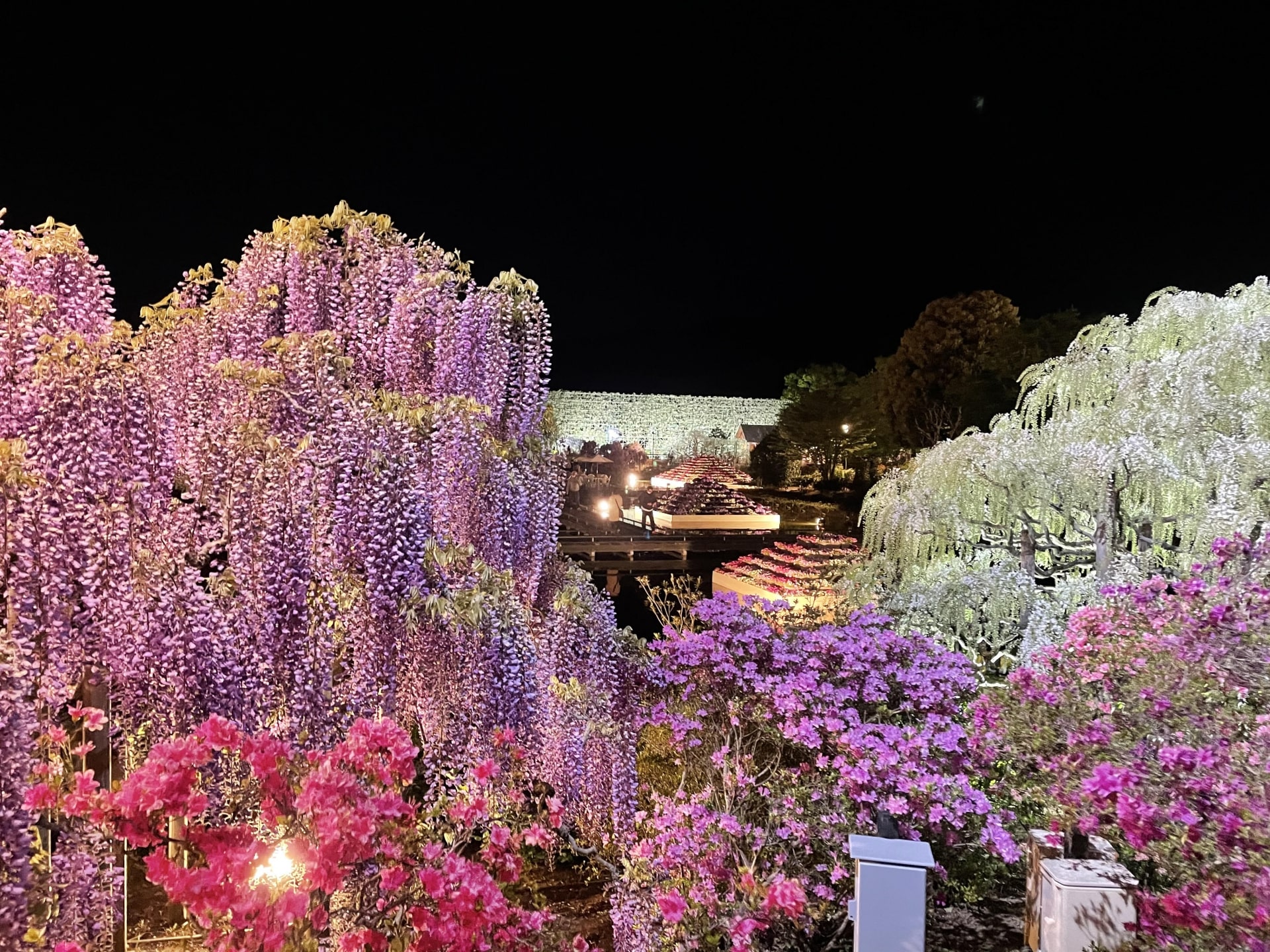May: Early Summer Blooms
May 09, 2022
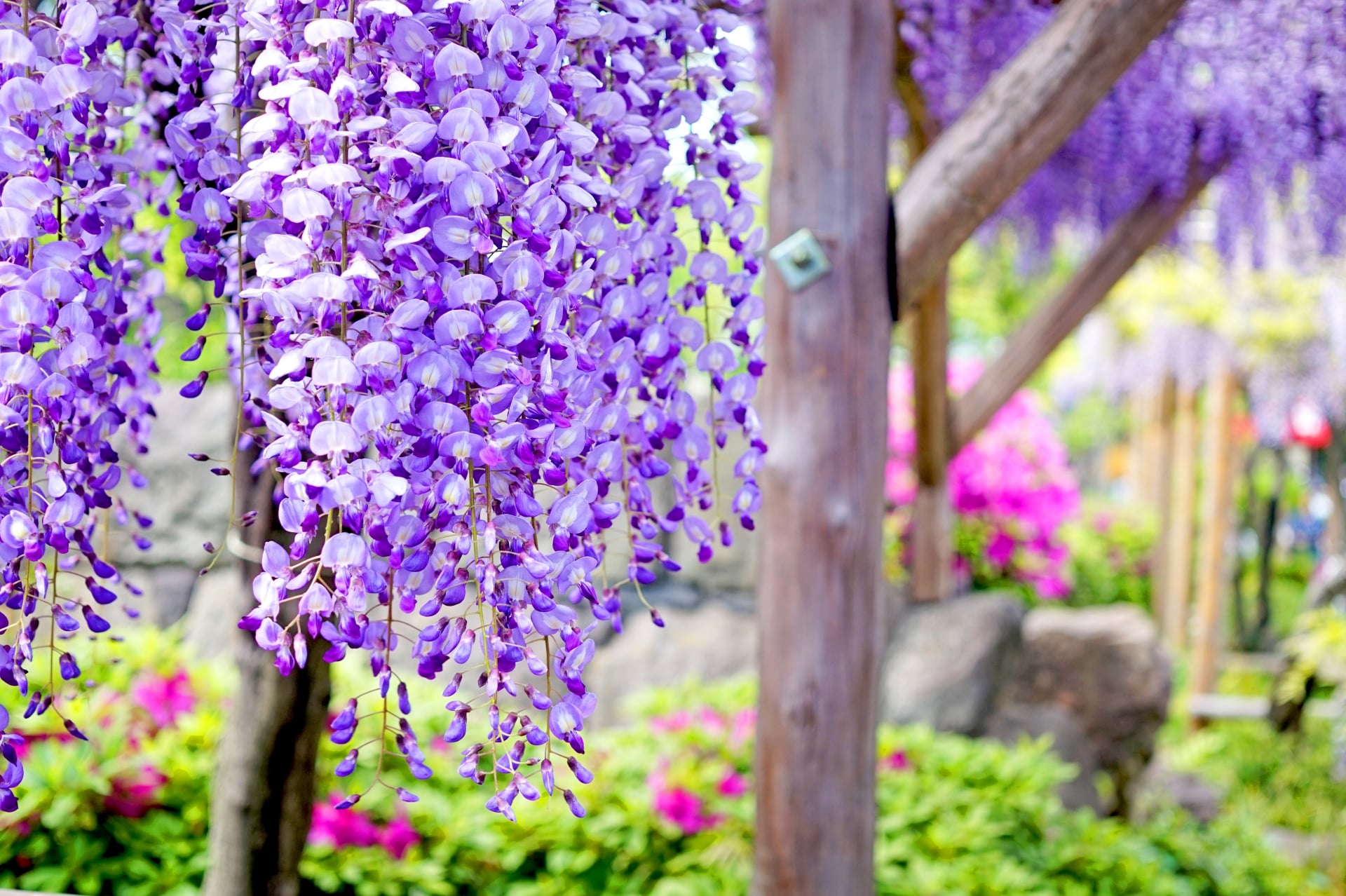
Kameido-tenjin Shrine, Tokyo (Google Maps)
Before the heat of the humid Japanese summer arrives, the early summer blooms bring swathes of color to classic views. Once growing wild and now carefully cared for and displayed in impressive bands across breathtaking landscapes, these flowers are a sight to behold. Enjoying both the expansive views as well as the individual flowers that create them is a reminder of the smaller aspects that come together to create Japan’s unique beauty.
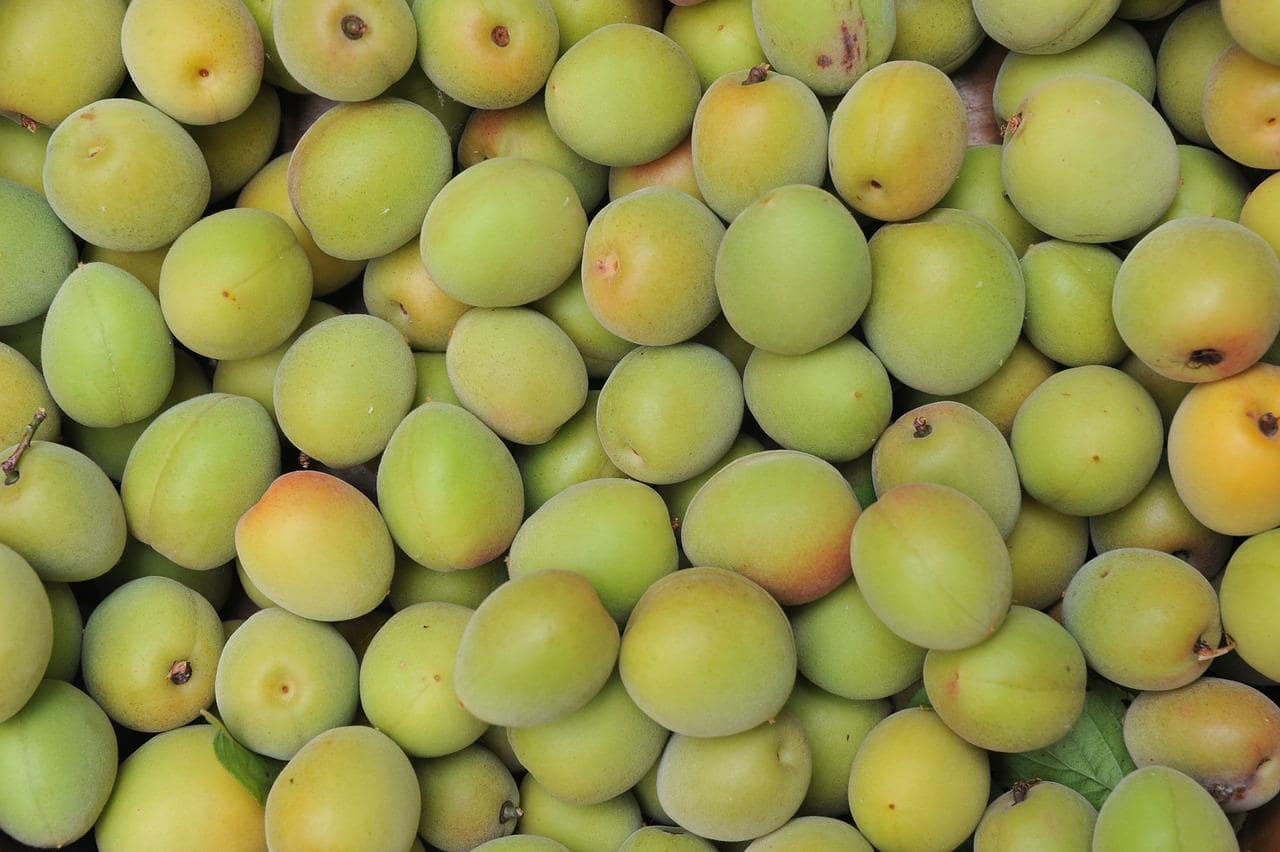
Japanese plums
Bringing a bright carpet of color to the impressive Mt. Fuji, the annual shibazakura display is a floral highlight of the year. Called moss phlox in English, over 500,000 of the small plants are densely packed to form a carpet-like effect, with delicate flowers blooming in the warm summer weather. Designed in swathes of purples, pinks and whites, the effect is stunning when seen from afar, with Lake Motosu’s placid waters, Fuji’s familiar peak and the bright flowers creating a unique natural mosaic. Up close, however, visitors can admire the flowers themselves, appreciating the individual parts of such a sea of colors, from plant to flower to petal.
The festival is held from mid-April to May, with the peak viewing season in the first few weeks of May. Along with flower-themed treats such as ice cream and sweets, visitors should try the regional specialty of cherries, which come into picking season right around the middle of May. Yamanashi is famed for delicious fruits, with Japanese plums also coming into season at the end of the month.
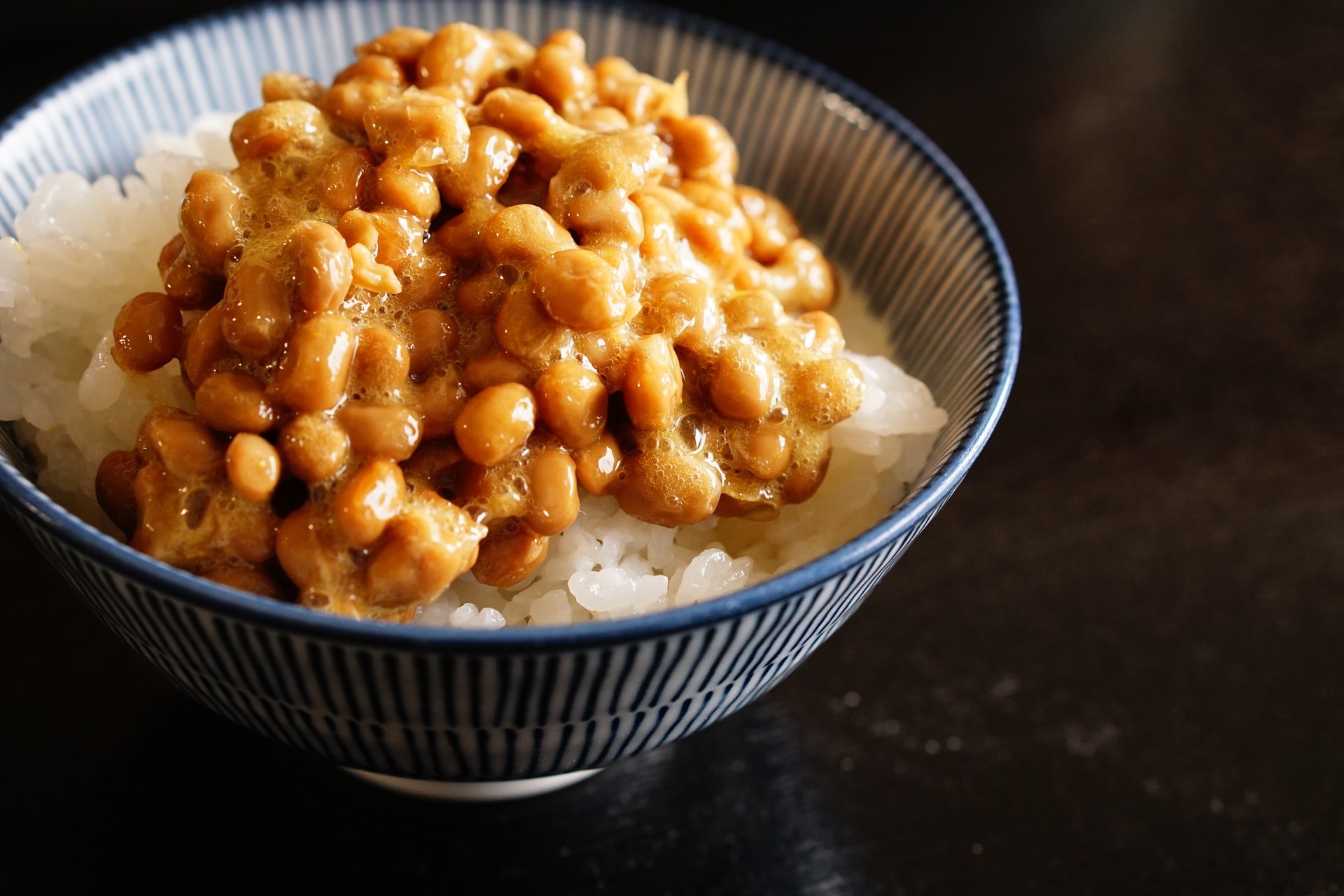
Japanese natto
Blue is a color rarely seen in flowers, making the views at Hitachi Seaside Park even more incredible. Fields of nemophila, also known as baby blue eyes carpet the hills in this unique park, blending with the sea and sky as they appear in the distance. There are 3.5 hectares of the Miharashi-no-oka hills, carefully transformed into a carpet of over five million blossoms. One of the most famous viewpoints is the lone tree that offers a striking contrast as it towers above the delicate flowers, displaying the enduring and transient sides of nature side by side.
The on-site cafe offers blue ice cream and flower-inspired treats, but the local specialty of Ibaraki is the quintessentially Japanese natto. Made with fermented soybeans, it is a love-it-or-hate-it dish with an unusual texture and strong smell. A breakfast staple in many households, especially in Ibaraki, many visitors will be asked if they like it, with a positive reply likely to impress. The peak viewing season for the blossoms is from late April to early May, with many tours including the beautiful wisteria in Ashikaga as well.
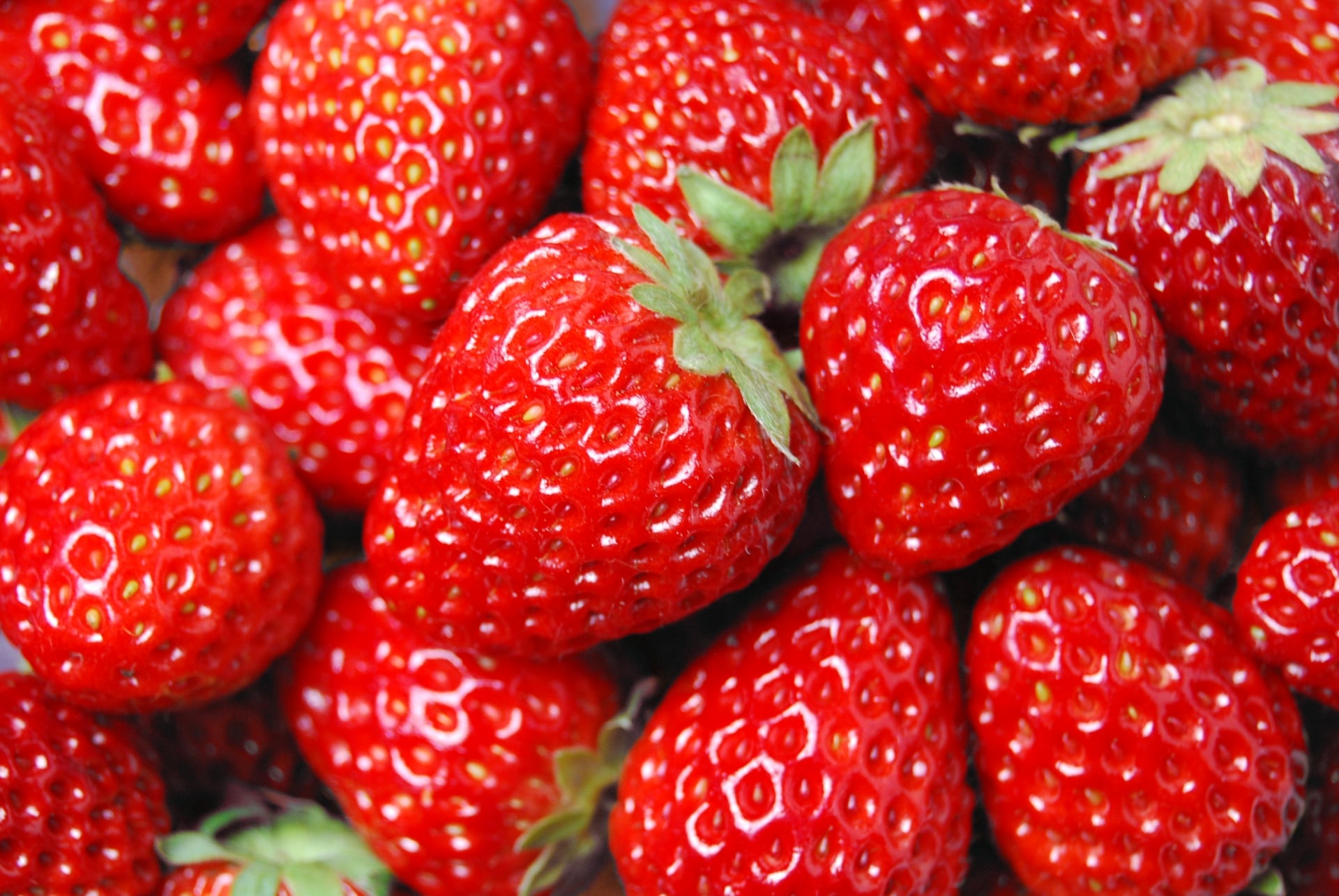
Strawberries
The magical trails of Ashikaga Flower Park’s wisteria trees are reminiscent of Studio Ghibli films, with intricate petals hanging from wizened branches. The park has over 350 trees, blooming into bursts of purples, blues, yellows and whites. While the pale colors are brought out by the sunlight, staying after dark is a chance to see a truly magical view. The illuminated trees were voted Japan’s top night view in 2016, with careful placement ensuring every petal is shown at its best. The age of the trees is part of their beauty, drawing on the Japanese aesthetic of wabi-sabi: to appreciate imperfection, especially that found in the transience of nature. Supported by manmade posts, the trees reflect a simple example of man and nature working together in harmony, celebrated in their dramatic silhouettes. The wisteria bloom from mid-April to mid-May, with a delicious wisteria ice cream available to enjoy in the warm weather. If you want an extra local snack, the region of Tochigi is famous for its Tochiotome strawberries, which end their season in May—so make the perfect snack for flower viewing.
Whether they’re adorning already stunning views or creating them temporarily, the early summer blossoms of Japan are a joyous vision; temporary, but all the more beautiful for it.
For more details, contact DMC Japan to discuss ideas, locations and rates.
Contact Us


